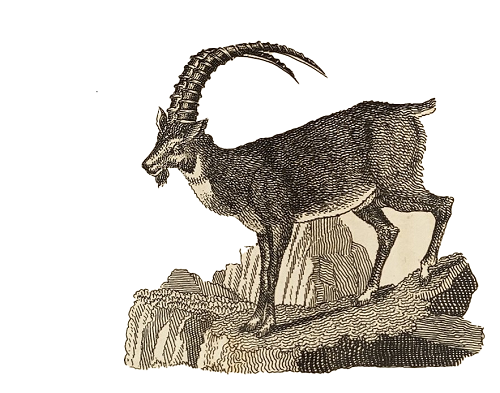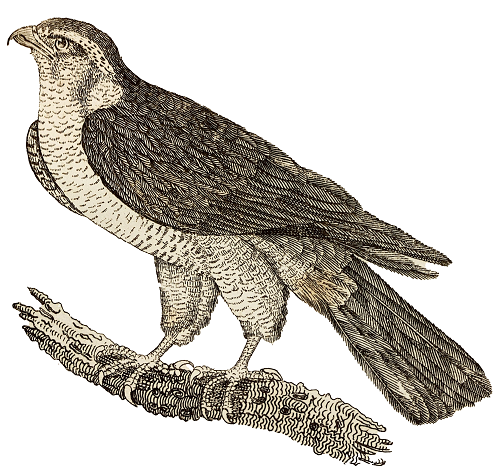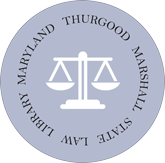
Thomas Bewick was a Newcastle based publisher and natural history author. Bewick apprenticed with engraver Ralph Beilby, from whom he learned how to engrave on wood and metal. Preferring to work with wood, Bewick's designs received a medal from the Royal Society of Arts in 1775. His innovative technique used tools normally reserved for metal engraving to carve against the grain of the wood, allowing for much greater detail to be included in the resulting print than a traditional woodcut.
Published in 1824, A General History of Birds and Quadrupeds consists of selections from Thomas Bewick’s “A History of British Birds” and “History of Quadrupeds.” The 128 engravings included in the volume showcase Bewick’s groundbreaking engraving techniques. Critical opinion of Bewick’s work in 1804 expresses the character of his work:
“Bewick’s particular turn of mind led him to observe and to delineate the form and manners of the animal creation, and he soon found that the yielding consistence of wood is better fitted to express the ease, freedom, and spirit, which ought to characterize portraits of animated beings, than the stubborn surface of a metallic substance ; he accordingly engraved wooden blocks of all the domestic and most of the wild British Quadrupeds, and neglected no opportunity of drawing such foreign animals as were exhibited in the itinerant collections which visited Newcastle-upon Tyne. These universally show the hand of a master. There is in them a boldness of design, a correctness of outline, an exactness of attitude, and a discrimination of general character, conveying at a first glance a just and lively idea of each different animal, to which nothing in modern times has ever aspired, and which the most eminent old artists have not surpassed.”

Early wood-engravings were cut with a knife on planks of the soft wood, with the engraver holding the knife like a pen and drawing the knife towards them. Bewick is considered to be the first to use planks of hard wood and to make his drawings on the butt-ends of the blocks, cutting his lines with the knife pushed away from him.
Rather than using the traditional method of cross-hatching to produce depth of shadow, Bewick produced his effects by cutting many white lines wide apart to give an appearance of lightness, and by cutting closer lines to produce a grey effect. Wood engraving also allowed images to be printed at the same time as the text, unlike copperplates, which had to be printed separately.
References:
Cundall, Joseph. A Brief History of Wood-engraving From Its Invention. London, Sampson Low, Marston, & Company, 1893. Accessed via: Internet Archive
Dobson, Austin, 1840-1921. Thomas Bewick and his pupils, by Austin Dobson ... London, Chatto and Windus, 1884. Accessed via: WikiMedia
Thomson, David Croal, 1855-1930. The life and works of Thomas Bewick; being an account of his career and achievements in art, with a notice of the works of John Bewick, by David Croal Thomson. London, "The Art journal" office, 1882. Accessed via: Internet Archive


